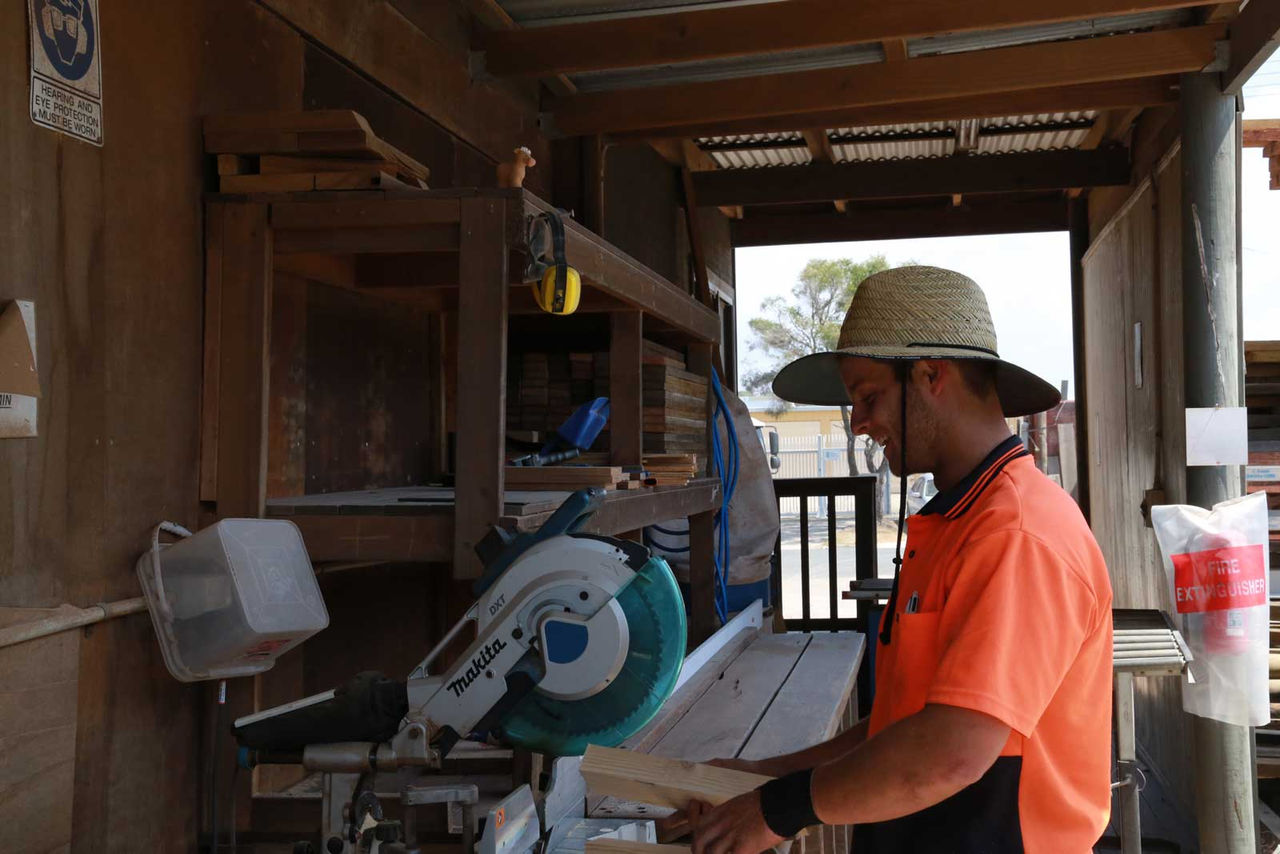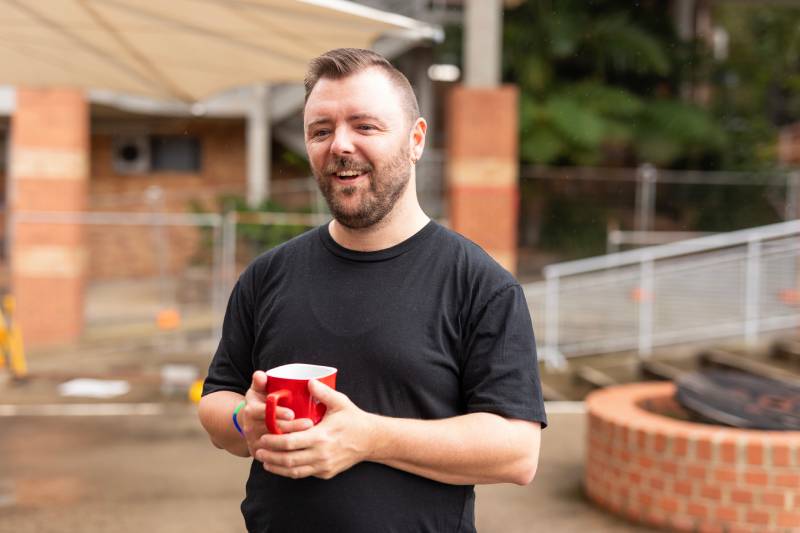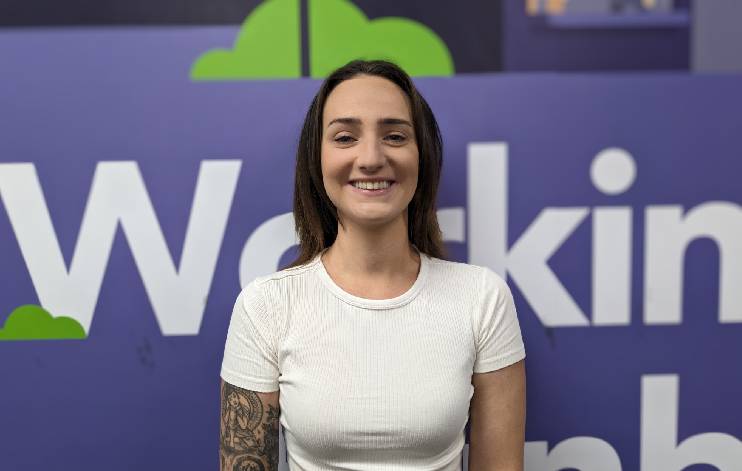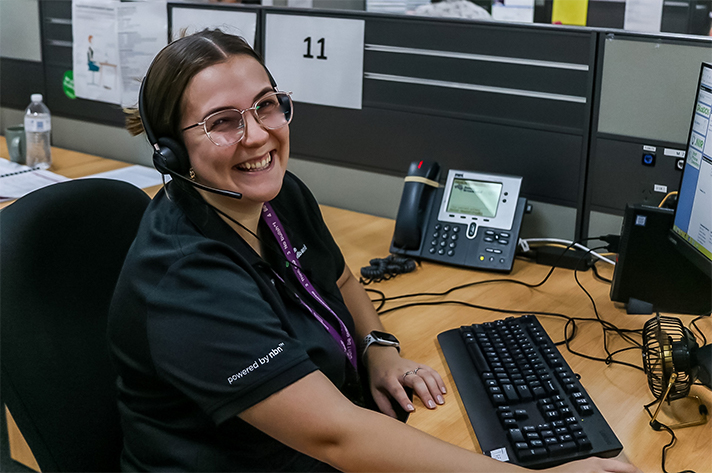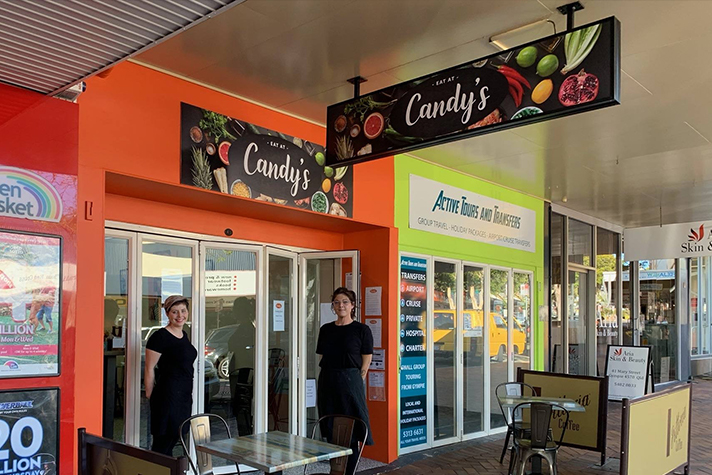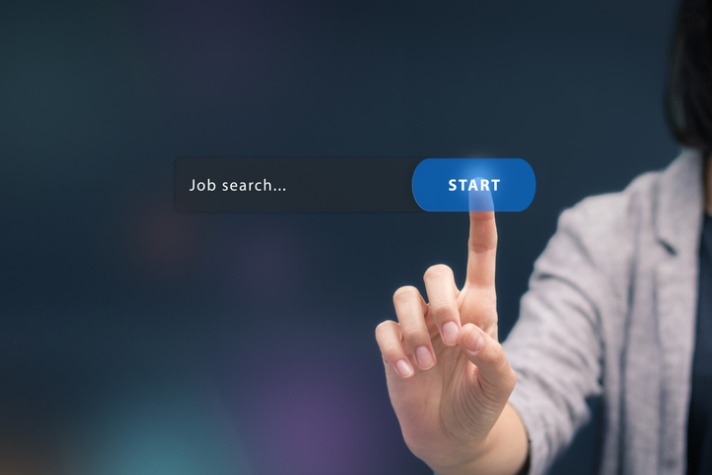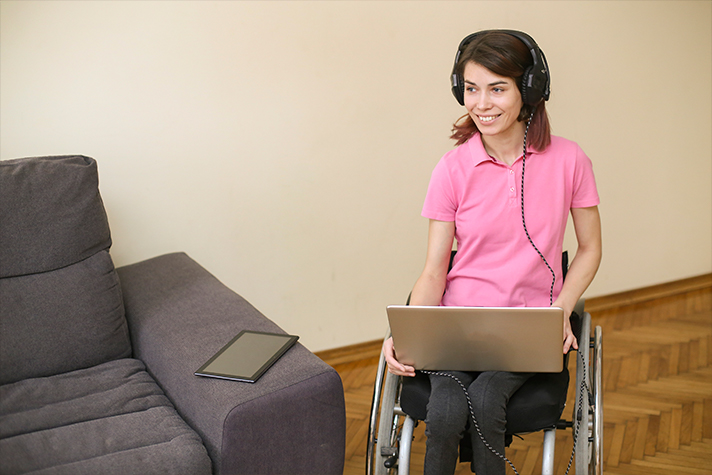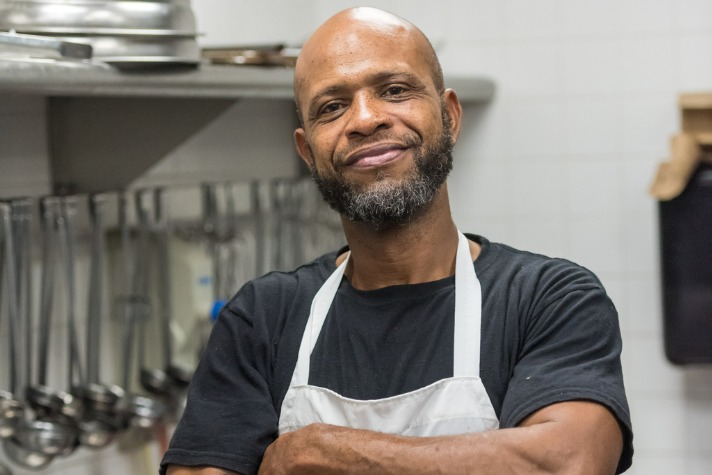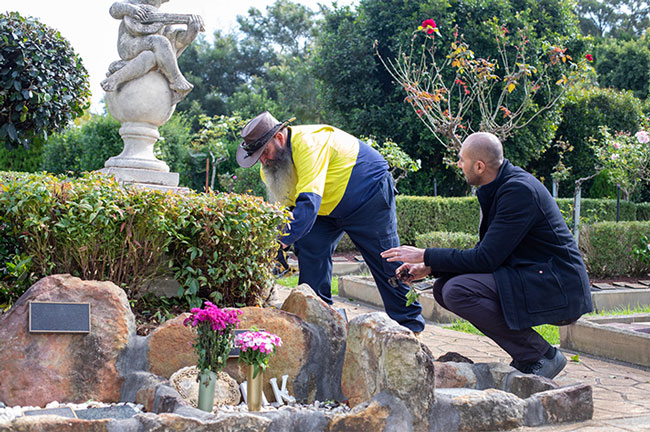How to write a thank you email after an interview
Published by MAXSolutions on January 16, 2023
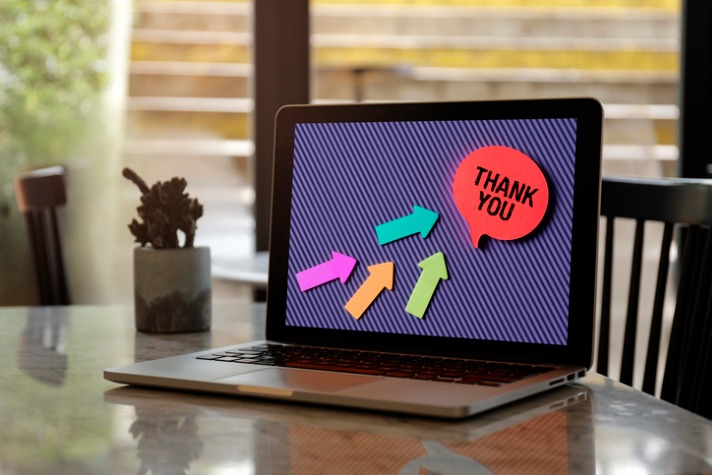
After an interview, you may think that there is little more to do than just wait for a decision to be made. However, by sending an interview follow-up email you may improve your chances of getting the job significantly.
By following up with a thank you email, you show not just your enthusiasm for the role but show a level of professionalism that employers value and are looking for.
There are different ways to write a thank you email after an interview, and we have included some samples below as well as some general tips to help you write one.
How to write an interview follow-up email
Emphasise your enthusiasm – The email after your interview is another chance to impress your interviewer.
Make it clear that you are excited about the role and try and be specific.
Refer to a challenge or focus area spoken about in the interview and highlight how your skillset is a great fit.
Focus on the right details – don’t get bogged down in writing an overly flowery or lengthy email.
Keep it concise and focus on the value you have as an employee and the skills you have to offer.
Also, be sure to proofread carefully. You don’t want typos to undo the impression you have left so far, particularly if the interviewers mentioned attention to detail as a skill they are looking for!
Be helpful – Offer to answer follow-up or clarifying questions and provide additional documentation if needed.
You want to highlight the fact that you are easy to work with, so if you have any requests of them be sure that it doesn’t create additional work and only ask short and succinct questions.
Timing is key – Try to send your thank you email within 24 – 36 hours of the interview.
If you wait too long, they may have already made a decision on the role.
Don’t send it on the way out of the building either as it may come across as less genuine than if you gave it some time.
Example of an interview thank you email
Before you write your interview thank you email it is worth having a think about how the interview went and what was the feeling in the room.
This may change the style of email you write and how polite you need to be.
If you want to keep it to the point and formality isn’t so necessary you could write something like the following:
Hi [Name],
Thank you for taking the time to interview me today. It was great to learn about the [advertised role] and I am excited at the opportunity of joining [company the job is with].
Please don’t hesitate to reach out should you need any further information.
Many thanks,
[your name]
If something a bit more formal and some more detail would be better, you could try something like the one below:
Dear [name],
Thank you so much for meeting me today to discuss the opportunity with [company name].
I was excited to learn about the position and how it fits within the success of [company name] to date. I am confident that my skills in [skillset that company needs] could help [company name] to solve its [problem that company has].
I look forward to hearing about the next steps in the recruiting process, however, please don’t hesitate to contact me should you need any additional information.
Yours sincerely,
[your name]
Why should I send a thank you email after an interview?
Normally job interviews don’t last very long and depending on the role, the interviewer may see lots of applicants during the recruiting process.
That’s why you must take any chance you get to impress.
Sending a follow-up email after an interview doesn’t take much time, especially with the samples above to make things easier.
While sending a thank you email won’t guarantee you a job it may get you one step closer so make sure you send one next time you go for an interview!
Share
Tags
Found this useful?
Help and advice
Our blogs are about helping people seek the information that they need for their steps in the workforce.
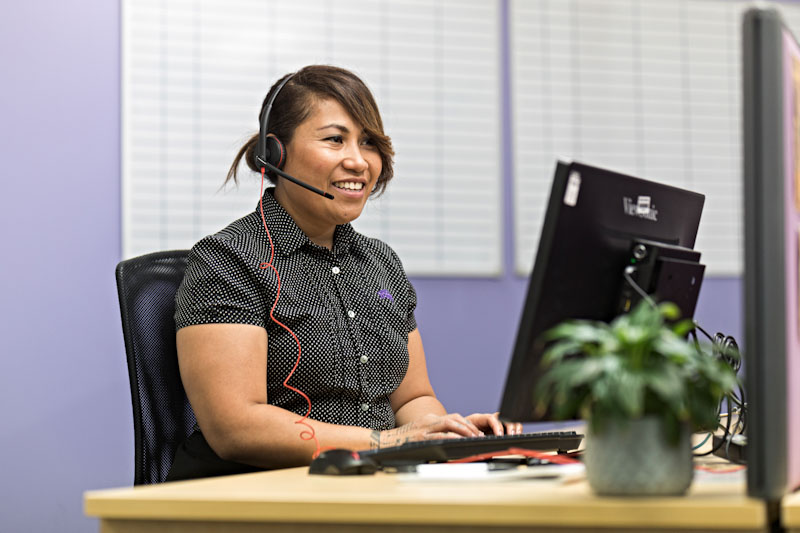
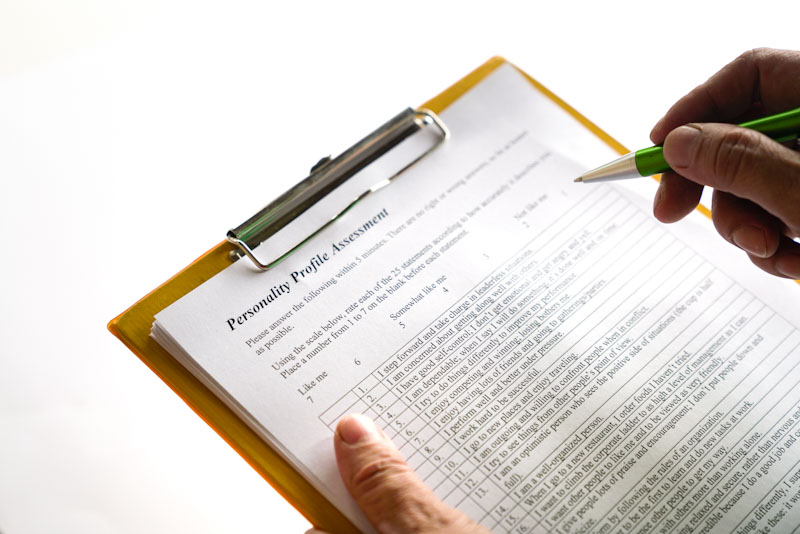


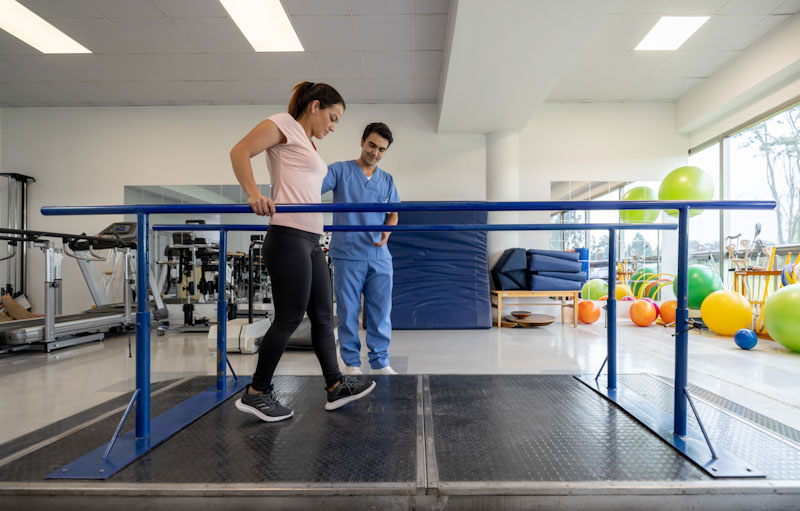
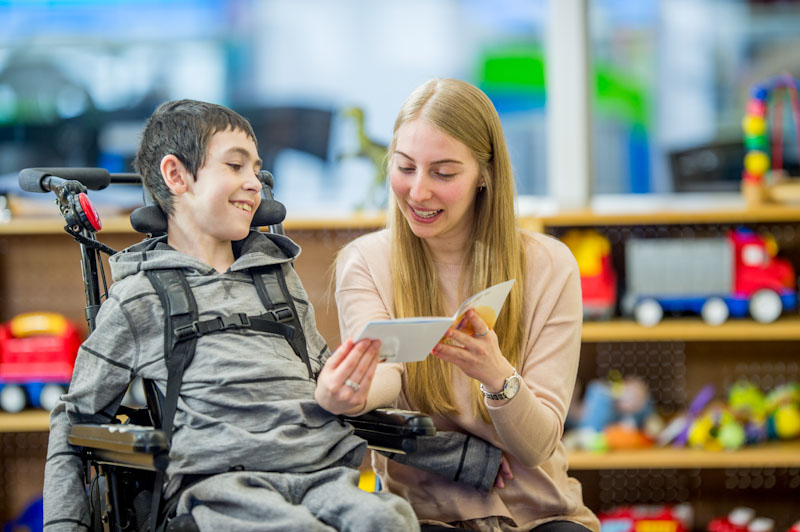
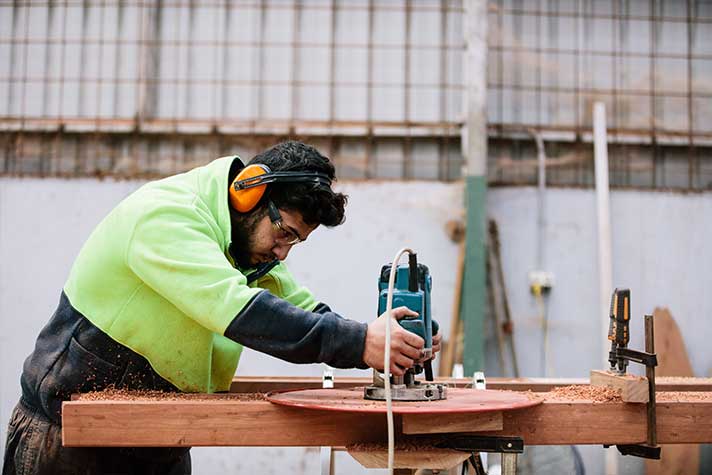
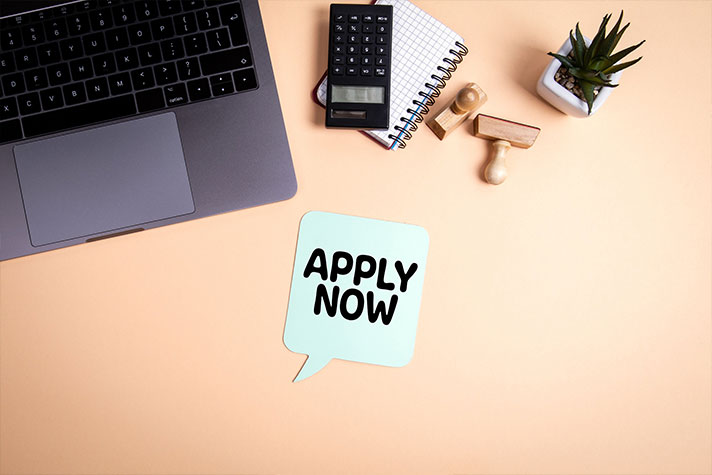
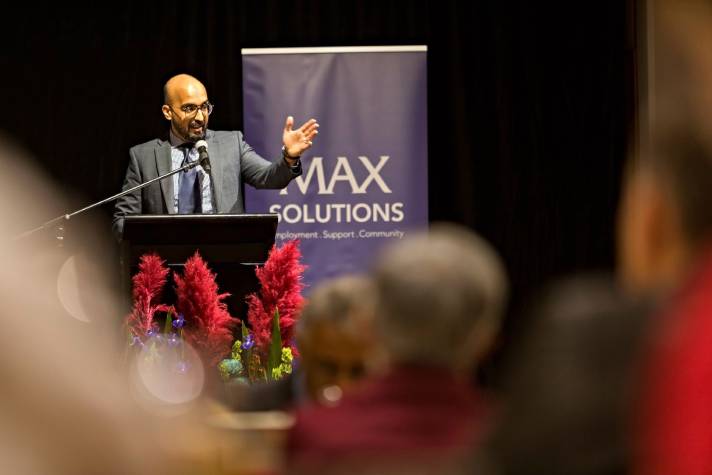
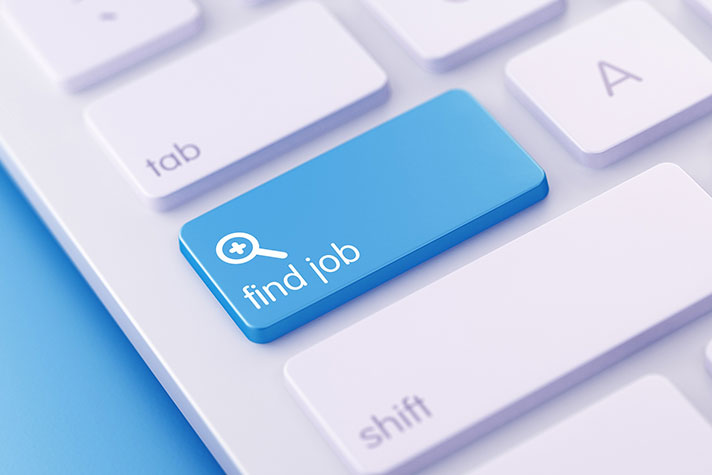

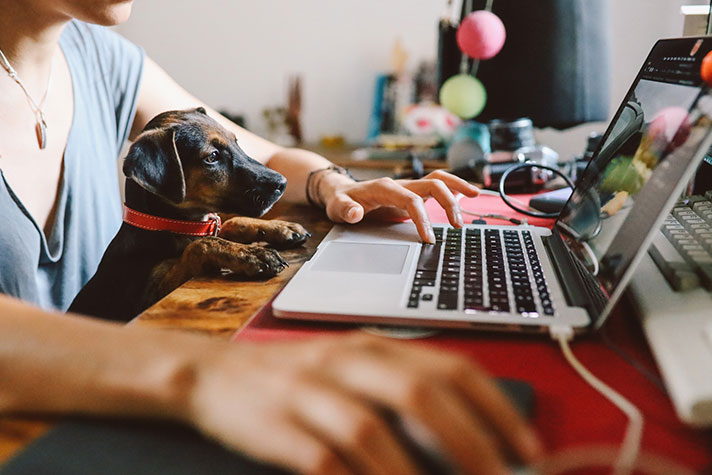

_1.jpg)
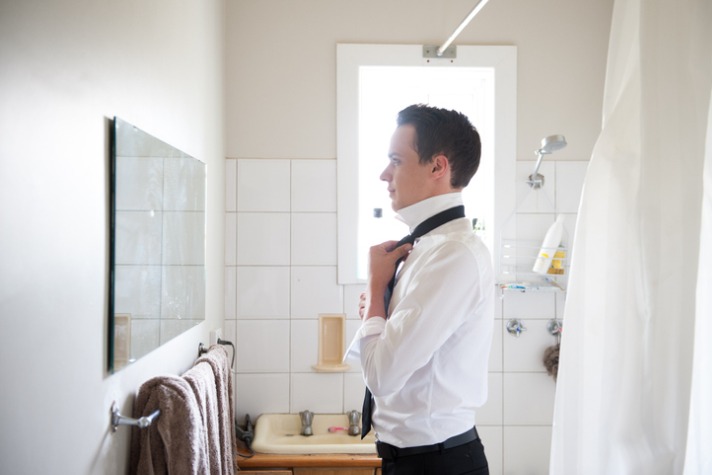
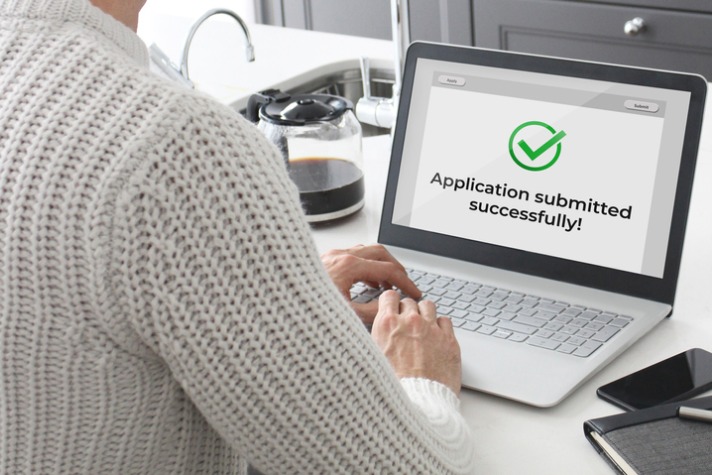
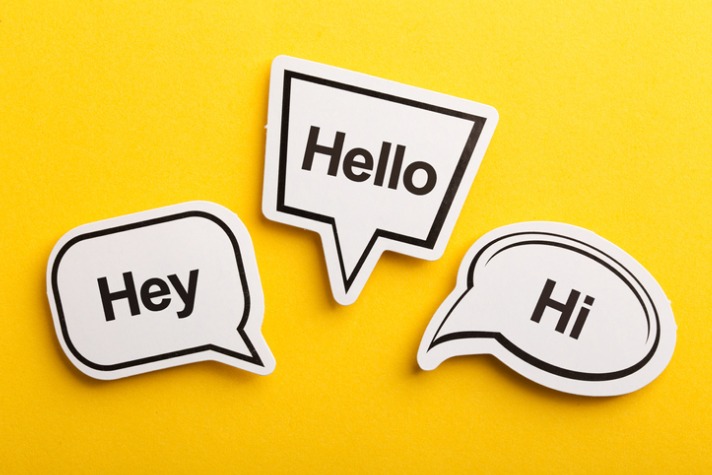
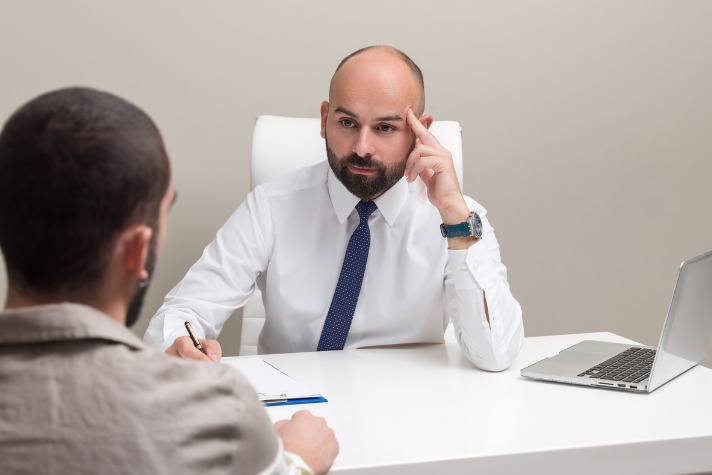
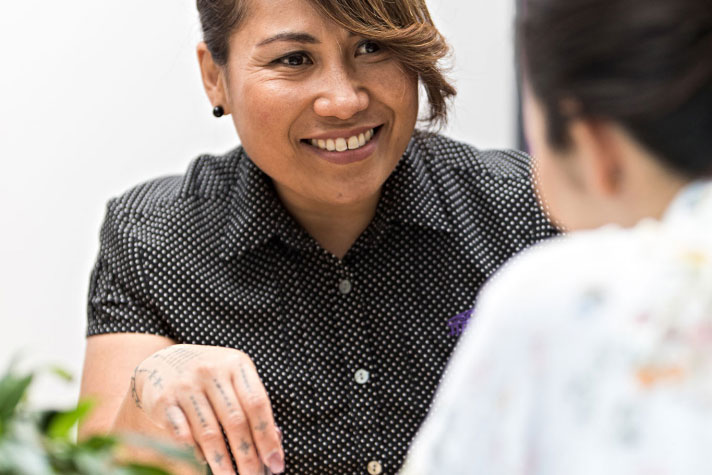
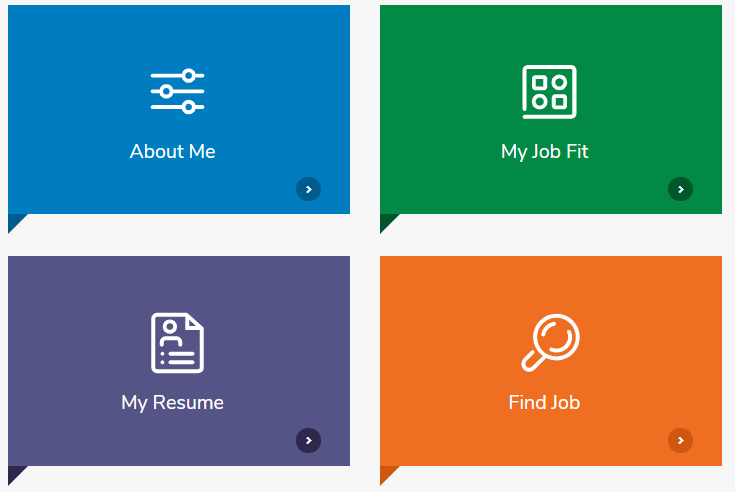
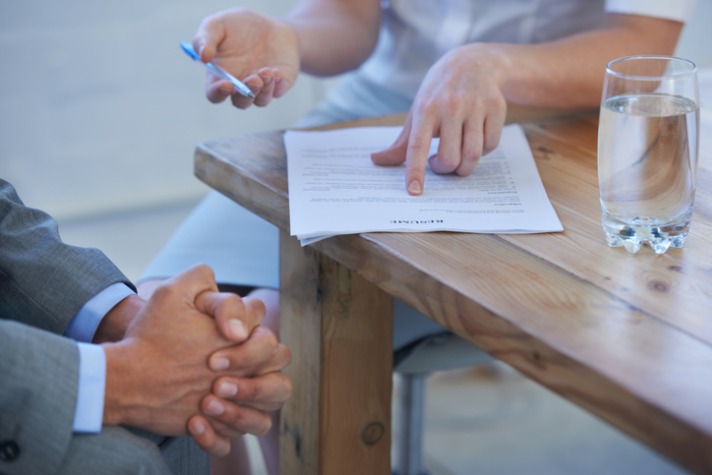
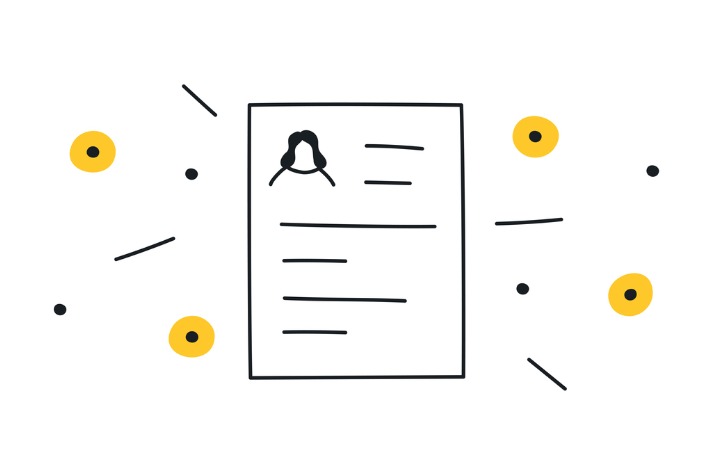
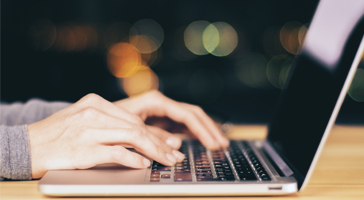
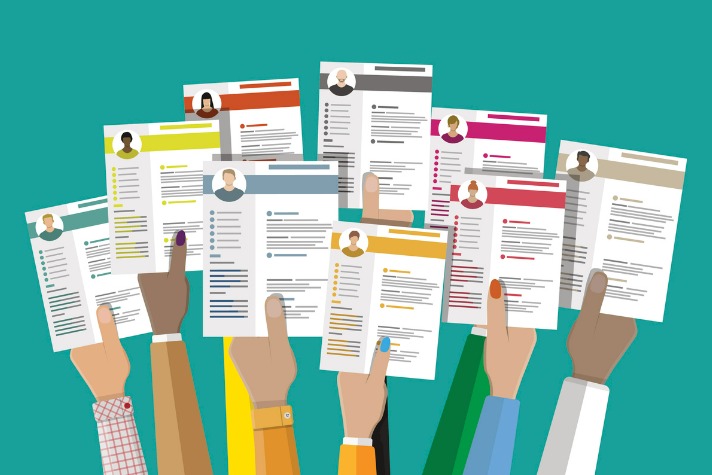
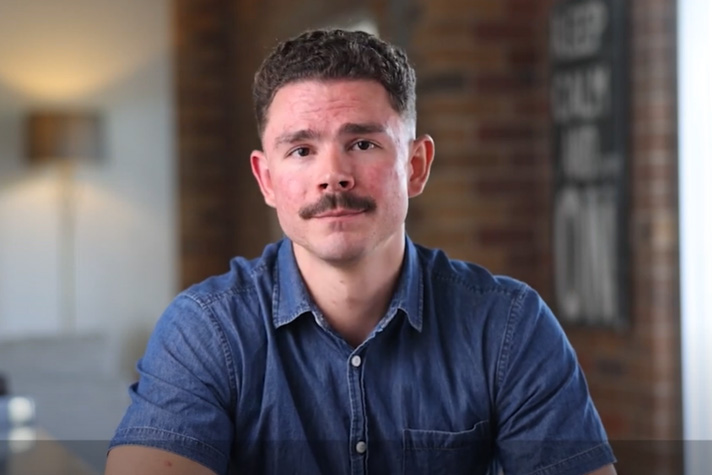
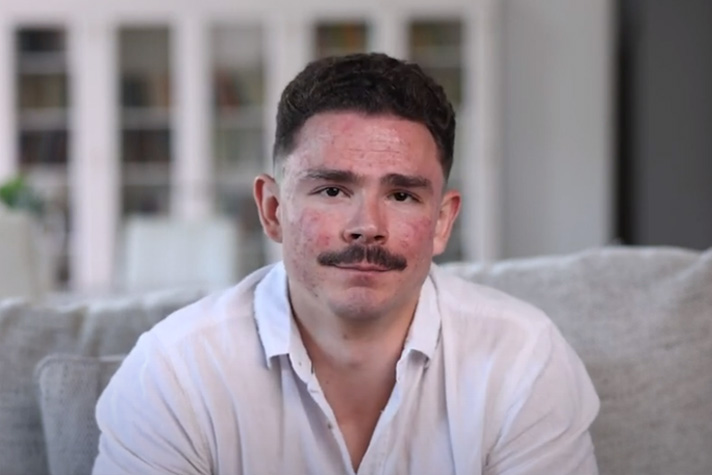
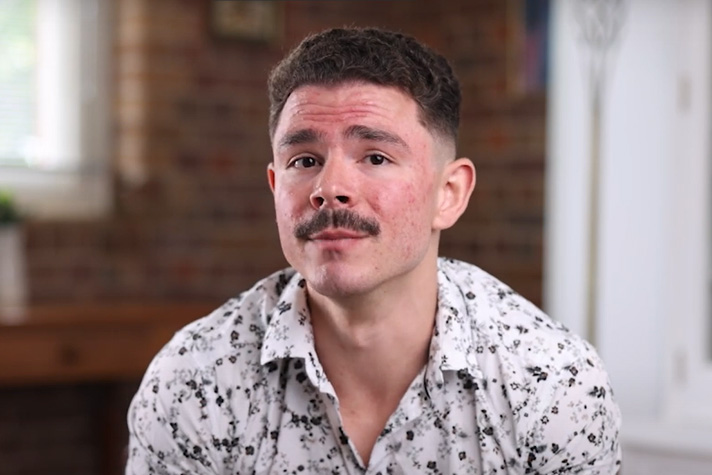
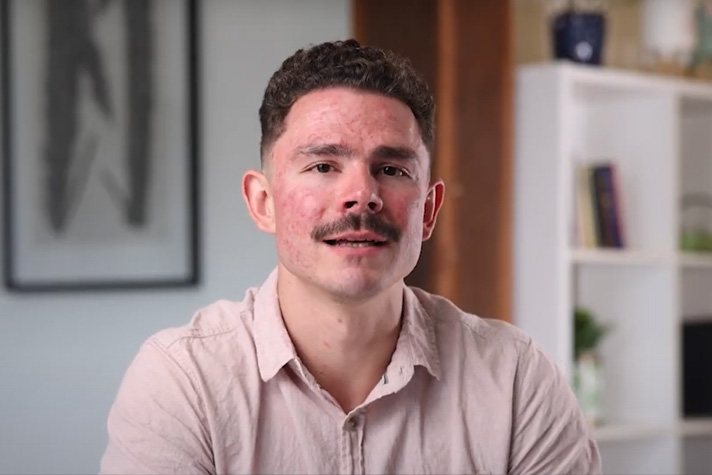
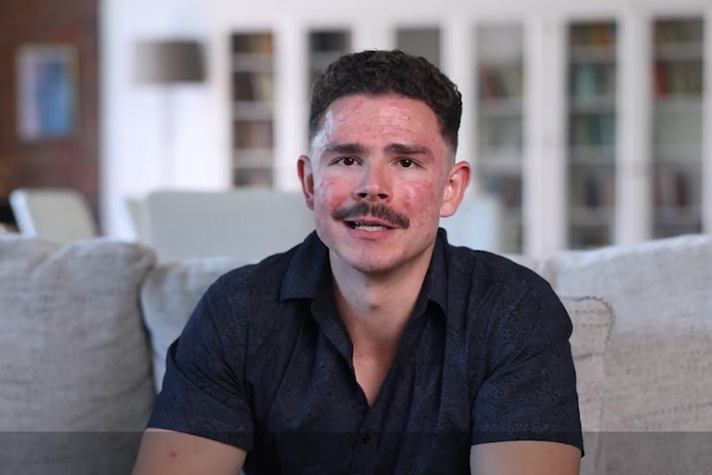

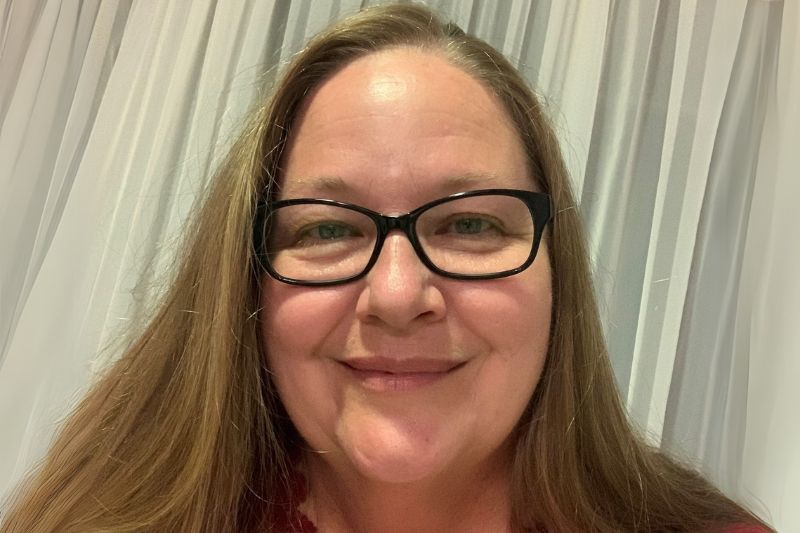

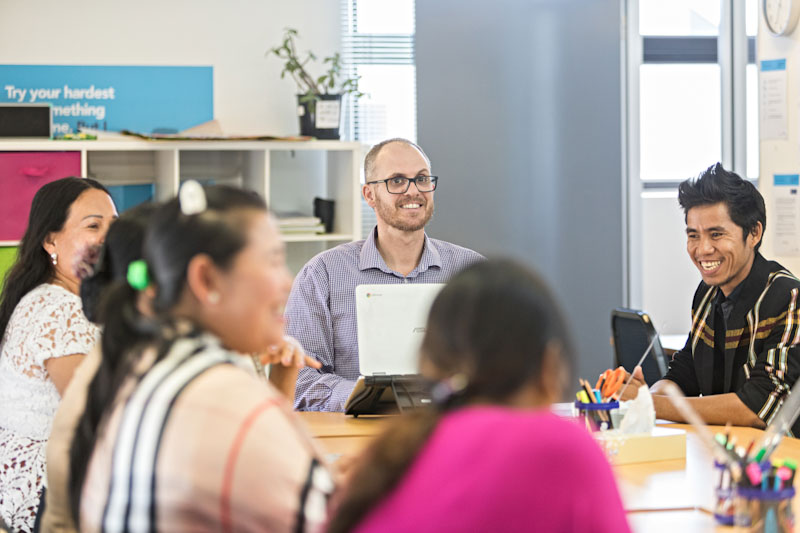

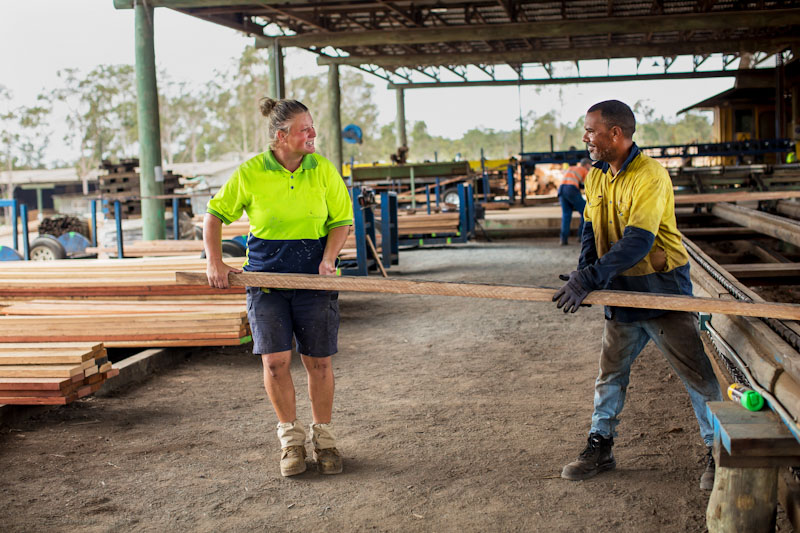
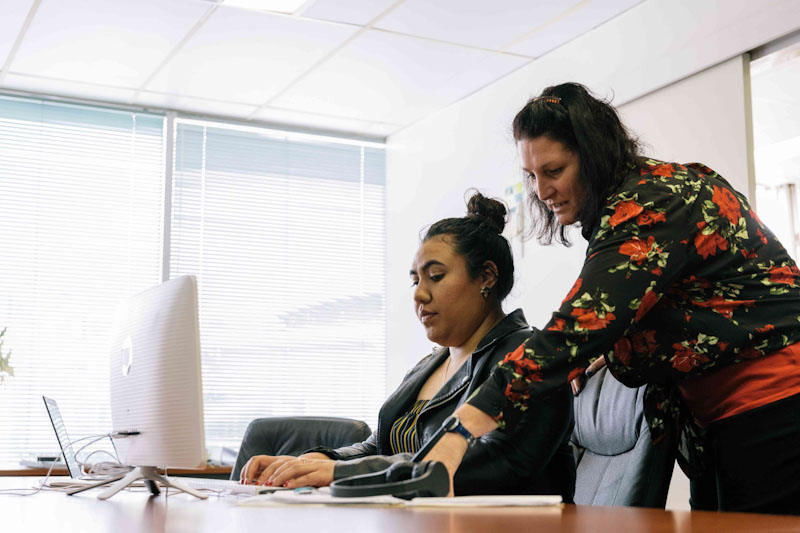



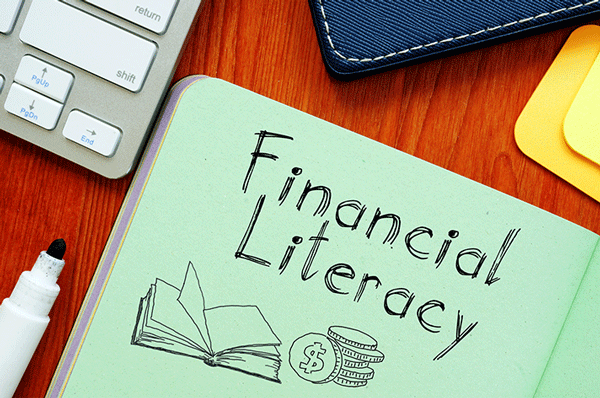
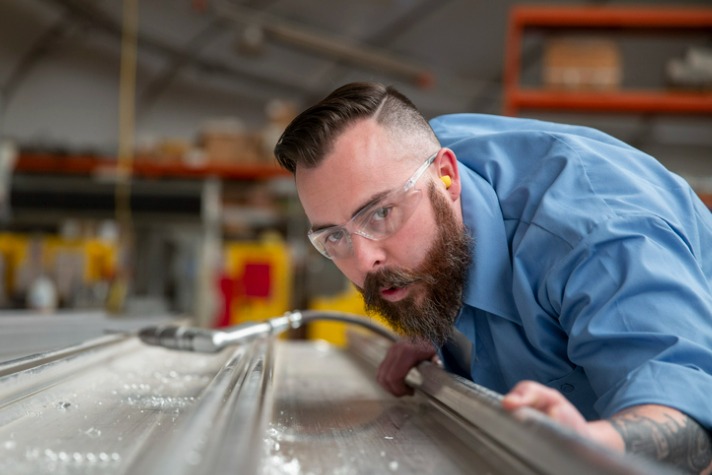


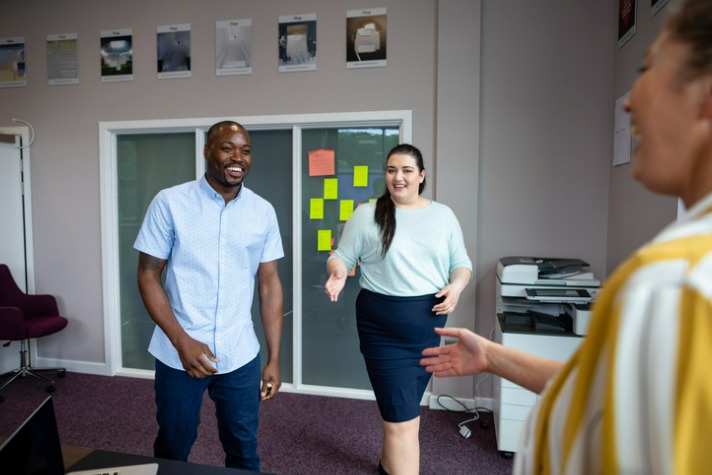
.jpeg)
